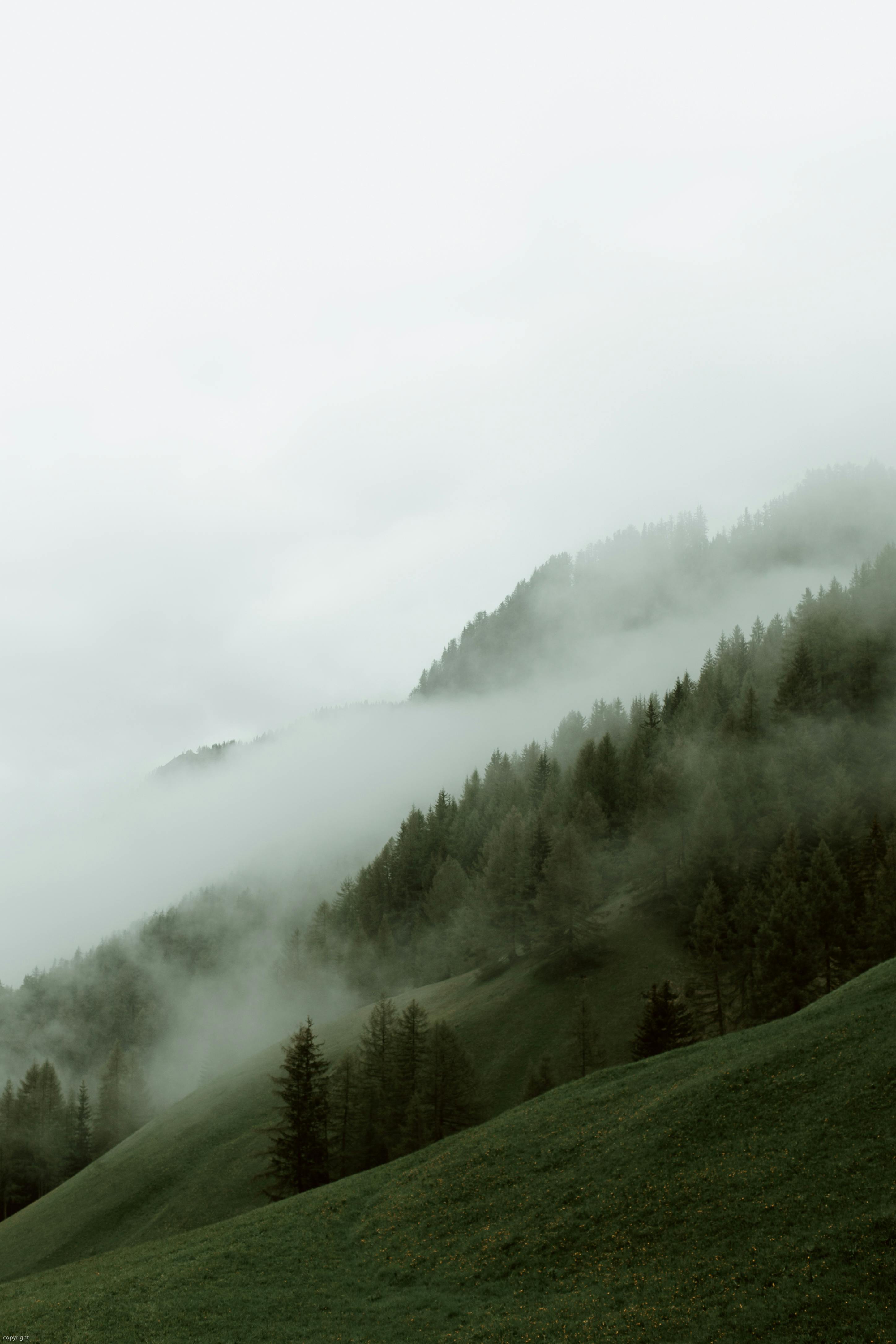Woodland phlox is an attractive flowering plant that is native to North America. It is part of the Polemoniaceae family and can be found growing in wooded areas, along streams, and in open meadows. The plant typically produces a mass of fragrant, star-shaped flowers in shades of pink, purple, and white. Woodland phlox is an ideal choice for gardeners looking for a showy ground cover or a bright splash of color in naturalized areas.Woodland Phlox is a species of flowering plant in the family Polemoniaceae. It is native to eastern North America, where it is found in woodlands and rocky hillsides. The plant produces clusters of pink or purple flowers on tall stems and has large, glossy green leaves. It blooms from April to June and can reach heights of up to two feet. Woodland Phlox is a popular garden ornamental plant due to its lovely blooms, but it can also be used as a ground cover for shady areas.
Contents
Classification of Woodland Phlox Plant
Woodland phlox is a perennial wildflower found in many areas in North America. It is a member of the family Polemoniaceae and is closely related to the common garden phlox. Woodland phlox blooms in late spring and early summer, producing clusters of lavender-blue, lightly fragrant flowers. The plants are also known for their attractive foliage, which consists of lance-shaped green leaves with deep veins.
The genus Phlox contains over 60 species, all of which are native to North America. There are two main varieties of woodland phlox: P. divaricata and P. glaberrima. The former is the more widespread variety, found in moist woodlands from Ontario to Florida and west to Texas. P. glaberrima is more rare and restricted to areas along the Gulf Coast from Louisiana to Florida.
Woodland phlox grows best in partial shade and moist, well-drained soils with a pH between 5.5 and 7.0. They can tolerate full sun but may suffer from leaf scorch if soil moisture levels are not maintained during hot weather periods. Plants should be fertilized with a balanced fertilizer every spring before new growth begins and deadheaded regularly to promote new blooms throughout the season.
In addition to its beauty, woodland phlox has many practical uses in the garden or landscape setting as an edging plant or ground cover for shady areas or woodland gardens. It can also be used as an accent plant for mixed borders or containers, providing color contrast and a light fragrance when it is in bloom.
Overall, woodland phlox is an easy-to-care-for plant that adds beauty and interest to any garden setting with its fragrant blooms and attractive foliage!
Woodland Phlox Plant
Woodland Phlox, or Phlox divaricata, is an herbaceous flowering plant native to North America. It is a member of the Polemoniaceae family and grows in clumps of deciduous trees, woodlands, and shaded areas. The plant has bright green leaves and small clusters of star-shaped flowers with five lobes that bloom from late spring to early summer. The flower color ranges from white to pink and purple depending on the variety. It can grow up to two feet tall and prefers moist, well-drained soil with partial shade. Woodland Phlox is low maintenance and can be propagated by division or cuttings. It is also deer resistant and can attract pollinators such as hummingbirds, butterflies, bees, and moths. This hardy perennial is an excellent choice for borders, naturalized areas, ground covers, or rock gardens.
Woodland Phlox plants require regular watering during the growing season; however they are drought tolerant once established. Deadheading spent flowers will help encourage a longer blooming period. The foliage may become unsightly in late fall or early winter so it should be cut back in either season for a tidier look. It should also be divided every few years to keep its shape and reduce overcrowding of the plants.
Overall Woodland Phlox is an easy-to-care-for perennial that offers beauty throughout the growing season with minimal effort required from the gardener. Its showy blossoms are sure to add vibrancy and color to any garden landscape while providing a haven for pollinators as well as deer resistance.
Range and Habitat of Woodland Phlox Plant
Woodland Phlox (Phlox divaricata) is a native North American wildflower found in deciduous woodlands, forest edges, and along streams in the eastern United States. This species typically grows 2-3 feet tall and produces clusters of purple, blue, or white flowers in late spring and early summer. It has a wide range from southern Ontario and Quebec in Canada to Florida and west to Kansas, Oklahoma, and Texas. Woodland Phlox is hardy to USDA zones 4-9.
The plant prefers shade or partial shade with moist soil that is rich in organic matter. It can grow in a variety of soil types but does best in alkaline loam soils with good drainage. Woodland Phlox will not tolerate wet feet and should not be planted in areas prone to standing water or flooding. It is fairly drought tolerant once established but prefers consistent moisture during the growing season.
Light Requirements for Woodland Phlox Plant
Woodland phlox plants require bright but indirect sunlight for healthy growth. A few hours of direct sun is acceptable, but they prefer to be sheltered from the hot afternoon sun. Placing them in an area with morning and/or evening sunlight is recommended. If grown in a shaded area, the plant may become spindly or produce fewer flowers.
Soil Requirements for Woodland Phlox Plant
Woodland phlox prefers soil that is rich in organic matter, well-drained and slightly acidic (pH 6.0 to 7.0). Before planting, it is important to improve the soil by mixing in compost or other organic matter such as peat moss or manure. In poorly drained soils, it is best to plant them in raised beds or on mounds to allow for better drainage.
Water Requirements for Woodland Phlox Plant
Woodland phlox plants require regular watering during spring and summer when they are actively growing. They should be watered deeply and evenly so that the soil remains moist but not soggy. During periods of drought, they will benefit from additional waterings once or twice a week depending upon weather conditions. In winter, watering should be reduced as the plants go dormant.
Fertilizer Requirements for Woodland Phlox Plant
Woodland phlox plants benefit from regular applications of fertilizer once or twice a season during the active growing period (spring and summer). A balanced fertilizer such as 10-10-10 can be used according to package directions, but an organic fertilizer such as compost tea can also be used instead of chemical fertilizers.

Care of Woodland Phlox Plant
Woodland phlox is a beautiful perennial flower that produces star-shaped blooms in shades of pink, lavender, and white. It is an easy to grow and low maintenance plant, but it does require some basic care to keep it looking its best. To ensure a healthy, vibrant display of flowers each year, provide your woodland phlox with full sun to part shade, well-drained soil, and regular watering throughout the growing season. It also benefits from a layer of mulch to help retain moisture and suppress weeds. Pruning is not necessary for woodland phlox, but deadheading spent blooms can help promote more prolific flowering.
Maintenance of Woodland Phlox Plant
Woodland Phlox is generally a hardy plant that does not require much maintenance. The most important factor for keeping your plants healthy is to provide adequate drainage. If the soil becomes waterlogged or soggy due to poor drainage or overwatering, the roots can rot and the plant will die. To prevent this from happening, use raised beds or containers with ample drainage holes in the bottom. Additionally, make sure to check the soil regularly and water only when it feels dry an inch below the surface.
In terms of feeding your plants, they do not need much fertilizer as they are slow-growing plants that prefer nutrient-poor soils. A light application of balanced fertilizer in early spring should be enough to keep them healthy and happy all season long. Additionally, regular weed control will help keep your plants looking their best by preventing competition for nutrients and moisture in the soil.
Uses for Woodland Phlox Plant
Woodland Phlox is a popular flowering plant that can add beauty and texture to any garden. It’s a great flowering groundcover that blooms in late spring and early summer. The flowers come in a variety of colors, including pink, lavender, and white. Woodland Phlox is also known for its sweet scent. The plant is hardy and easy to care for, making it an excellent addition to any garden. Besides adding beauty to your garden, Woodland Phlox has several other uses as well.
Woodland Phlox makes a great border for walkways and flower beds. This perennial is low-growing, so it won’t take up too much space in your garden. The flowers attract hummingbirds and butterflies, making it an ideal choice for those who enjoy watching wildlife in their gardens. Woodland Phlox also works well as an erosion control plant on slopes or hillsides where the soil is easily washed away.
The sweet-smelling flowers of Woodland Phlox can also be used in potpourri or homemade fragrances. The blooms can be dried and used as decorations or added to sachets that can be tucked into closets or drawers to add a pleasant scent around the home. Woodland Phlox can also be used as a cut flower in bouquets or floral arrangements.
Woodland Phlox is easy to grow and makes a great addition to any garden or landscape design. It’s hardy enough to withstand most climates and soil conditions, making it an ideal choice for those just starting out with gardening or looking for an easy-care perennial for their gardens.
Propagation of Woodland Phlox Plant
Propagating a Woodland Phlox plant is an easy process that can be done by both gardeners and those who don’t have gardening experience. The most common method of propagating these plants is through division or cuttings. This shrub-like perennial has a shallow root system and can be easily divided with a spade. Simply dig up the entire plant, divide it into smaller pieces, and then replant the pieces in your desired location.
Cuttings are another propagation method for this plant. Take 4-6 inch long stem cuttings from the tips of the stems and place them in a container filled with moistened potting soil. Place the container in a warm area and keep it lightly moist until roots form, which should take several weeks. Once roots have formed, transplant the cuttings into individual pots or directly into your garden bed.
Whichever propagation method you choose, make sure your plants are planted in loose, well-draining soil that is slightly acidic to neutral pH (5-7). Water regularly to keep the soil evenly moist, but not soggy, as too much water can cause root rot. Fertilize lightly every spring with a balanced fertilizer to promote healthy growth and abundant blooms.

Conclusion
Woodland Phlox is a beautiful and low-maintenance perennial flower that can add color and texture to your garden. It is an ideal choice for naturalizing in large areas and informal gardens, as it self-sows freely, creating a carpet of blooms. It prefers well-drained, acidic soils and partial shade but can tolerate various environmental conditions. Its fragrant flowers attract many beneficial insects such as butterflies, bees and hummingbirds. Woodland Phlox is a great addition to any garden, providing a long season of blooms with minimal care.
With its showy colors and delicate fragrance, Woodland Phlox is an excellent choice for any garden or landscape setting. With its easy care requirements, this perennial flower can thrive in almost any environment if properly cared for. Its cheerful blooms will bring beauty to your garden all season long!

0 Comments